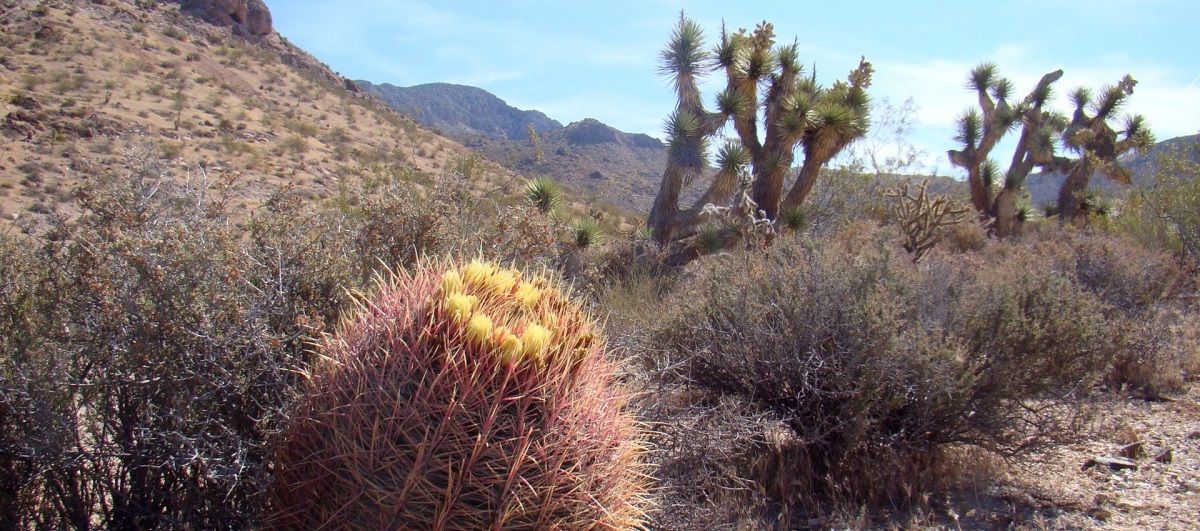Embark on a captivating journey through Nevada’s diverse ecosystems, where a rich tapestry of plants native to nevada thrives. From towering mountains to sprawling deserts, these botanical wonders hold ecological significance, cultural heritage, and modern applications.
Discover the distribution, habitat preferences, and ecological roles of Nevada’s native flora. Explore the threats they face and the best practices for their conservation and cultivation. Delve into the traditional and modern uses of these plants, showcasing their medicinal, culinary, and economic potential.
Native Plant Species in Nevada’s Diverse Ecosystems

Nevada’s diverse ecosystems support a wide range of native plant species, each adapted to the unique conditions of its habitat. These plants play vital ecological roles, providing food and shelter for wildlife, stabilizing soils, and contributing to the state’s scenic beauty.
The following is a comprehensive list of some of the most common and ecologically significant native plant species in Nevada, organized by scientific name and common name:
- Artemisia tridentata (Big Sagebrush): Widely distributed across Nevada, big sagebrush is a dominant species in sagebrush steppe ecosystems. It prefers well-drained soils at elevations ranging from 4,000 to 8,000 feet.
- Pinus monophylla (Single-leaf Pinyon): Found in the Great Basin and Mojave Desert regions, single-leaf pinyon is a conifer that forms open woodlands. It is adapted to rocky, well-drained soils at elevations between 4,000 and 7,000 feet.
- Juniperus osteosperma (Utah Juniper): Utah juniper is a widespread conifer found in various habitats, including woodlands, shrublands, and rocky slopes. It tolerates a wide range of soil conditions and elevations from 4,000 to 9,000 feet.
- Atriplex canescens (Four-wing Saltbush): Four-wing saltbush is a common shrub found in salt desert and playa ecosystems. It is highly tolerant of saline soils and prefers elevations below 5,000 feet.
- Yucca brevifolia (Joshua Tree): Joshua tree is an iconic species found in the Mojave Desert region. It is adapted to dry, rocky soils and elevations between 2,000 and 5,000 feet.
These native plant species are essential components of Nevada’s ecosystems, providing critical resources for wildlife and contributing to the state’s unique natural heritage.
Traditional and Modern Uses of Nevada’s Native Plants: Plants Native To Nevada

Native plants in Nevada have a rich history of use by indigenous communities and continue to play a vital role in modern industries. Traditional knowledge and modern scientific research have uncovered a vast array of medicinal, culinary, and cultural applications for these plants, offering potential for sustainable economic development and preservation of cultural heritage.
Traditional Uses by Indigenous Communities
Indigenous communities in Nevada have a deep understanding of the medicinal properties of native plants. Traditional healers used plants to treat a wide range of ailments, from minor wounds to serious illnesses. For example, the leaves of the desert spoon (Dasylirion wheeleri) were used to make a poultice for treating burns, while the roots of the Mormon tea (Ephedra nevadensis) were used to prepare a tea for respiratory problems.
Native plants were also an important source of food for indigenous communities. The seeds of the Indian ricegrass (Oryzopsis hymenoides) were ground into flour and used to make bread, while the roots of the biscuitroot (Lomatium nudicaule) were eaten raw or cooked.
Modern Applications in Industries, Plants native to nevada
In modern times, native plants from Nevada are finding new applications in various industries. The pharmaceutical industry has shown interest in the medicinal properties of native plants, with some species showing promise in the development of new drugs. For example, the bark of the Pacific yew (Taxus brevifolia) is used to produce the cancer-fighting drug paclitaxel.
The cosmetics industry is also exploring the use of native plants in skincare and beauty products. The extract of the jojoba plant (Simmondsia chinensis) is a popular ingredient in moisturizers and hair care products due to its ability to mimic the skin’s natural oils.
Sustainable Harvesting and Cultivation
As the demand for native plants increases, it is crucial to ensure sustainable harvesting and cultivation practices. Over-harvesting can deplete natural populations, while improper cultivation techniques can damage the environment. By implementing responsible harvesting methods and promoting sustainable cultivation, we can preserve the ecological integrity of Nevada’s ecosystems while supporting economic development and cultural heritage.
Native plants in Nevada face unique challenges, including extreme temperature fluctuations. Frost can damage or kill delicate plants, making frost covers for plants essential for protecting them during cold snaps. These covers provide insulation and shelter, allowing plants to survive even in harsh conditions.
Using frost covers for plants native to Nevada helps ensure their survival and the preservation of the state’s diverse flora.
Native to Nevada’s arid landscapes, creosote bush and yucca thrive in challenging conditions. To showcase these resilient plants, consider using a 4 foot long planter box . Its spacious design provides ample room for root growth and drainage, ensuring optimal health for your native Nevada plants.
The arid climate of Nevada is home to a diverse array of native plants, including the iconic Joshua tree and the resilient creosote bush. While ac repair plant city fl may not be a native species, its presence in the region is a testament to the adaptability of human ingenuity in maintaining comfortable indoor environments amidst the harsh desert conditions.
The native plants of Nevada continue to thrive alongside these modern advancements, showcasing the enduring resilience of nature in the face of change.